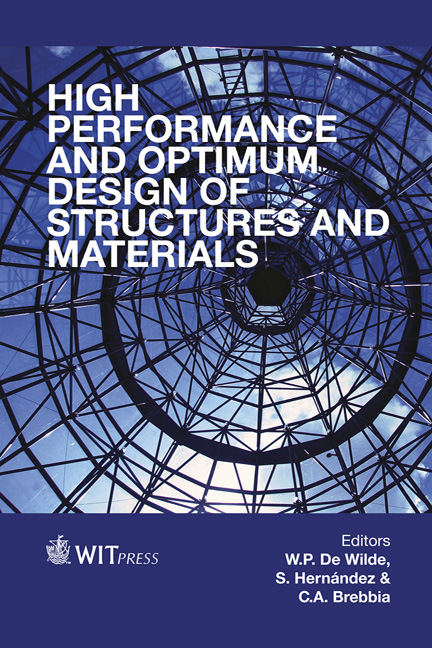High-speed Compression Molding Of Continuous Carbon Fiber Reinforced Polypropylene
Price
Free (open access)
Transaction
Volume
137
Pages
5
Page Range
311 - 315
Published
2014
Size
342 kb
Paper DOI
10.2495/HPSM140291
Copyright
WIT Press
Author(s)
S. Enoki, K. Kojima, S. Mizuno, K. Katayama & K. Tanaka
Abstract
Carbon Fiber Reinforced Plastics (CFRP) are expected to be used for car component parts because of their superior mechanical properties and lightweight properties. Automotive lightening is expected by using CFRP for these parts. In addition, considering process time and recyclability, it is desirable to use thermoplastics resin for the matrix. Polypropylene (PP) is a typical thermoplastic and superior material for its low specific gravity, good moldability and low environmental burden, therefore the rate of PP being used has increased remarkably and it is expected to be used for the matrix of CFRP. However, since PP has poor interfacial adhesion to CF, improvement of interfacial properties is necessary. In this study, maleic anhydride-modified polypropylene was used to improve the interfacial adhesion between carbon fiber and matrix resin. Continuous carbon fiber reinforced polypropylene was fabricated by the high-speed compression molding method, and the effect of maleic anhydride-modified polypropylene on the mechanical properties of CFRP was examined. In consequence, the mechanical properties of CF/PP were improved by supplying 12.5wt% of maleic anhydride modified PP to PP. Keywords: carbon fiber, polypropylene, maleic anhydride.
Keywords
carbon fiber, polypropylene, maleic anhydride.





